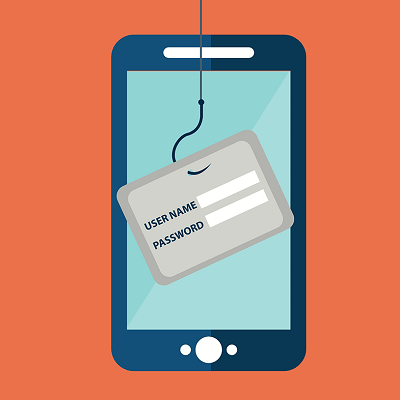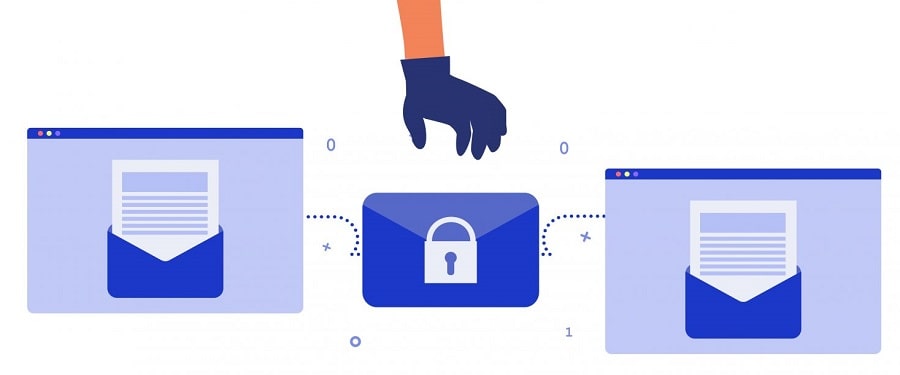Modern Phishing Protection

When a company becomes a victim of phishing, its digital marketing suffers in every way. Customers lose trust, subscribers unsubscribe, and ROI goes down. What can a company do to protect its campaigns and customers from these practices?
1. Email address authentication
Email is one of the most widely used channels in digital marketing, but it is also one of the most vulnerable to phishing. Just like in marketing, scammers use machine learning and automation to send fake emails to their victims.
By authenticating, you will prevent your emails from being blocked by email provider filters or sent to your spam folder. There are several ways to verify an address. For example, if you’re using MailChimp as your automation platform, go to Settings, then Verified Domains, enter your email address, and click the Check Domain button. You will receive an email with a verification code, click on the link or enter the code manually.
2. Raise awareness to your company
Fighting phishing requires rallying around and raising awareness of the problem and its implications. There are some points that decision makers should be aware of before investing in a digital security plan:
- Phishing affects the effectiveness of digital marketing strategies resulting in low ROI.
- Lack of a good email security system or an authenticated address results in inefficient email delivery.
- When users become victims of phishing, a company’s credibility is at risk.
3. Educate your clients
Most users are unable to tell a fake email from a real one. It’s important to constantly remind users that your company does not solicit confidential information via email or other means. Give people some tips on how to learn to spot a fake website or email. For example, you need to pay attention to the security lock in the browser bar, checking that the sites have the https protocol, that the email address is genuine, and so on.

4. Avoid social media phishing
Not only email accounts are cloned for fraudulent purposes. With the development of social media and the relationship between users and brands on these platforms, phishing has become a common practice, where companies use fake accounts to deceive their subscribers by running promotions or sweepstakes that lead to fake sites.
One way to prevent these practices from affecting your accounts is through social listening. By tracking your brand mentions, you can spot any user fraud early on.
5. Secure your site with https
The https protocol ensures that traffic to a site is encrypted and only the owners of that site have access to it. This protocol not only guarantees safe browsing on the Internet, but has also become a prerequisite for site indexing by search engines.
6. Educate your team on social media
Your team of community managers and social media leaders should be aware of the dangers of phishing and be able to recognize them.
Precaution to take: Do not open links submitted by users! This may be malware that compromises user and company information. Login credentials should be stored securely in a password manager.
7. Keep your style
Criminals are becoming more sophisticated every day: they manage to perfectly imitate the design of an email or use the same images on a social network profile. Fortunately, many of them do not have the best spelling and writing skills. Try to maintain a specific communication style that is difficult to imitate and impeccable grammar. This will make it easier for your followers to determine that this is your account and not a fake account.
Phishing is becoming more sophisticated and harder for users to recognize. When a company becomes a victim of such fraud, its image and credibility are seriously affected, resulting in significant economic losses.
With the help of the above points, you can protect yourself and identify any problem in time.
